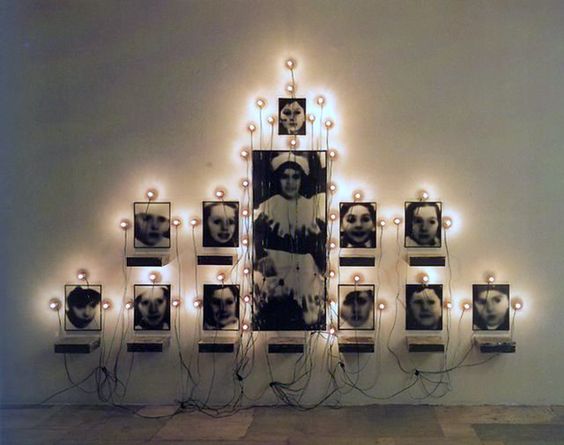Christian Boltanski è un artista, fotografo e regista francese, nato a Parigi nel 1944. Considerato tra i principali artisti contemporanei, dopo aver sperimentato la pittura, inizia con il cortometraggio La vie impossible de Christian Boltanski (1968) una ricerca che vede il suo focus nella memoria collettiva e personale.
Christian Boltanski is a French artist, photographer and director, born in Paris in 1944. Considered one of the leading contemporary artists, after experiencing the painting, begins with the short film La vie impossible de Christian Boltanski (1968) a research that sees its focus in collective and personal memory.
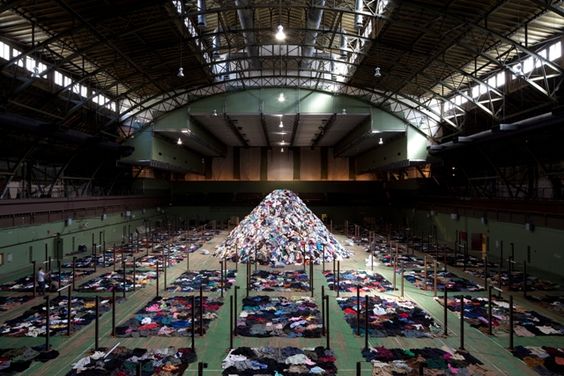
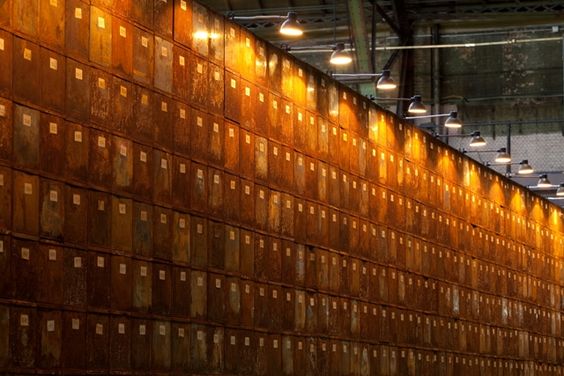
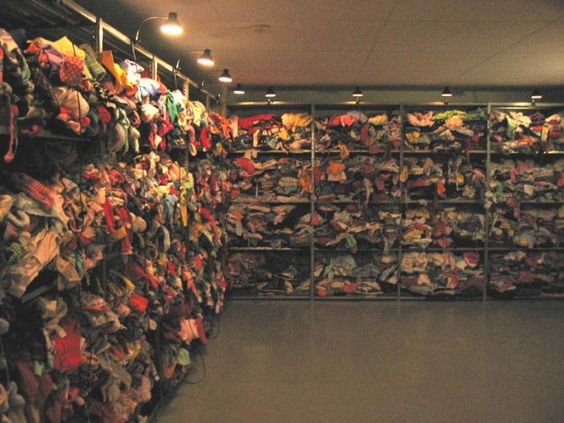
Realizza installazioni e assemblages usando la fotografia e accumulando oggetti e materiali. Alle opere degli anni Settanta (Vitrines de référence; Boîtes de biscuits; Tiroirs; L’Album de photographies de la famille D. entre 1939 et 1954 ecc.) seguono installazioni site-specific, come Monuments, Réserves e Archives, che insistono su una memoria da recuperare e ripercorrere, sulla morte e sulla perdita, suggerite da mucchi di abiti , muri illuminati da lampade, fotografie che si combinano con scatole impilate.
He creates installations and assemblages using photography and accumulating objects and materials. The works of the seventies (Vitrines de référence; Boîtes de biscuits; Tiroirs; L’Album de photographies de la famille D. entre 1939 et 1954 ecc.) are followed by site-specific installations, such as Monuments, Réserves and Archives, which insist on a memory to recall and retrace, about death and loss, suggested by piles of clothes, walls illuminated by lamps, photographs that he combines with stacked boxes.
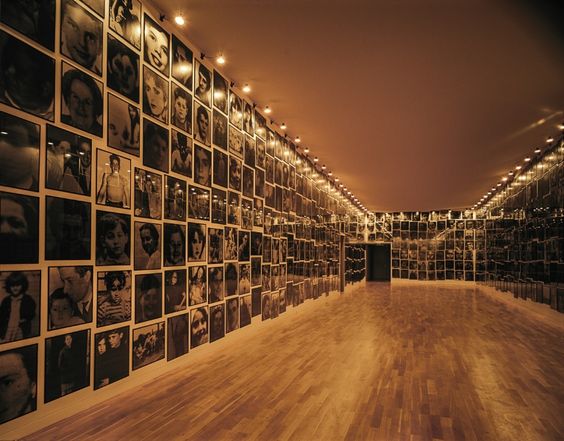
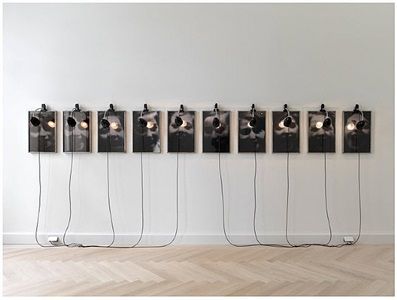

Le sue opere creano un racconto corale che parla della memoria collettiva e individuale, unisce passato e presente, parla della nostra relazione con il tempo, della storia di ciascuno di noi. La sua filosofia unisce la storia e lo svolgimento della vita, invita a lasciarsi andare ai ricordi e al flusso del tempo, riattivando con le storie comuni i ricordi che ciascuno di noi ha. Per questo Boltanski colleziona e fa risuonare i battiti del cuore all’unisono, costruisce raccolte di abiti per la memoria del singolo, fa riaffiorare volti dalle vecchie fotografie, crea e muove ombre nello spazio e costruisce archivi.
His works create a choral story that speaks of the collective and individual memory, combines past and present, speaks of our relationship with time, the history of each of us. His philosophy combines the history and conduct of life, invites you to indulge in memories and the flow of time, reactivating with common histories memories that each of us has. For this Boltanski collects and re-echoes the heart beat in unison, builds collections of clothes for the memory of the individual, brings back faces from old photographs, creates and moves shadows in space and builds archives.
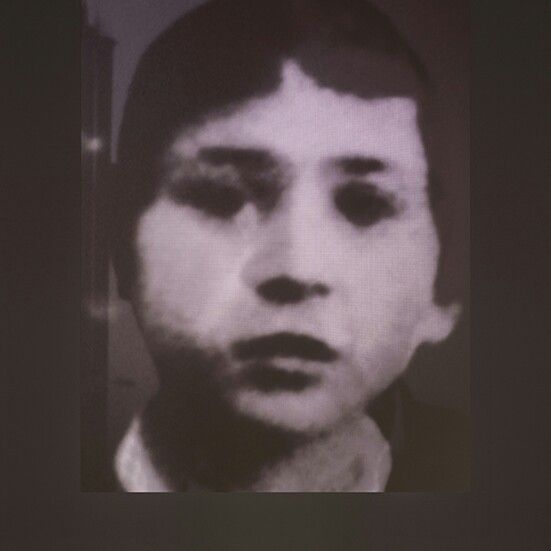
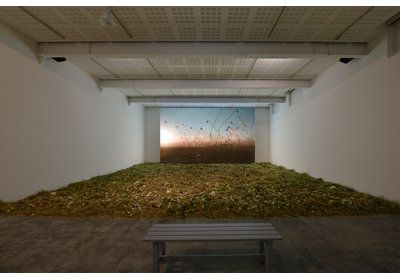
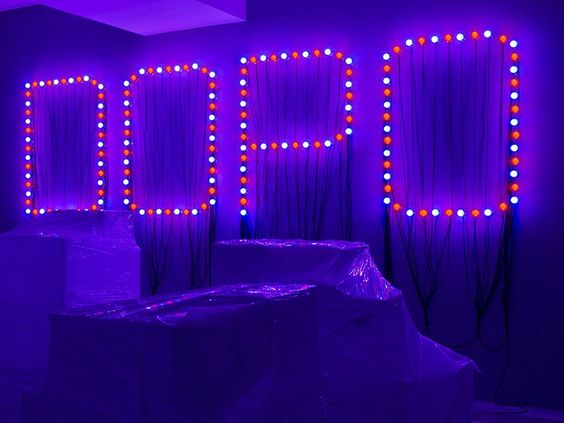
“Come tutti cerco di lottare contro il tempo, perché il tempo scorre e so che morirò, ma non ci riuscirò mai perché in effetti è impossibile contrastare il tempo, perché il tempo corre senza che noi possiamo fermarlo. Questo significa non solo che moriremo ma anche che saremo dimenticati. Io cerco di preservare, e anche questo è impossibile, ciò che chiamo “la piccola memoria” della gente. Per me e per la mia arte è molto importante il fatto che siamo tutti unici, ma che allo stesso tempo scompariamo tu ti così in fretta. Siamo tutti così importanti e allo stesso tempo così fragili. È quello che cerco di preservare, ma è impossibile, so fin da subito che non ci riuscirò.”
“As we all I try to race against time, because the clock is ticking and I know that I will die, but never will because in fact it is impossible to counter the time, because time is running without us being able to stop it. This means not only that we will die but also that we will be forgotten. I try to preserve, and even this is impossible, what I call “the little memory” of the people. For me and for my art is very important that we are all unique, but at the same time you will disappear so quickly. We are all so important and at the same time so fragile. It is what I try to preserve, but it’s impossible, I know right away that we do not succeed.”
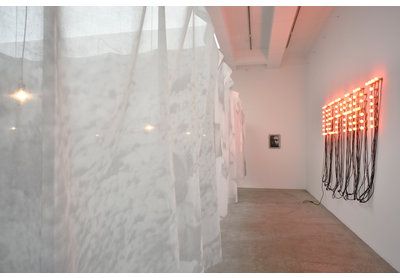
Possiamo ricordare il modus operandi dell’artista nelle sue mostre più importanti: Centre Georges Pompidou, Parigi (1984); Museum of Contemporary Art, Chicago e Los Angeles (1988); Whitechapel Art Gallery, Londra (1990). E tra le sue personali più recenti: Kunstmuseum Wolfsburg, Germania (2013); Park Avenue Armory, New York (2010); Monumenta Grand Palais, Parigi (2010); Serpentine Gallery, Londra (2010); Kewenig Galerie, Berlino (2013); Marian Goodman Gallery, Parigi (2015); Fonzadione Merz, Torino (2015-2016).
We can remember the artist’s modus operandi in his most important exhibitions: Centre Georges Pompidou, Paris (1984); Museum of Contemporary Art, Chicago and Los Angeles (1988); Whitechapel Art Gallery, London(1990). And in his most recent solo: Kunstmuseum Wolfsburg, Germany (2013); Park Avenue Armory, New York (2010); Monumenta Grand Palais, Paris (2010); Serpentine Gallery, London (2010); Kewenig Galerie, Berlin (2013); Marian Goodman Gallery, Paris (2015); Fonzadione Merz, Turin (2015-2016).
Credits and more info on Park Avenue Armony Marian Goodman Gallery Pirelli Hangar Bicocca
